Crazyball
Crazyball
Sports Scandals, Superstitions,
and Sick Plays
Barry Wilner and Ken Rappoport
TAYLOR TRADE PUBLISHING
Lanham Boulder New York Toronto Plymouth, UK
Published by Taylor Trade Publishing
An imprint of Rowman & Littlefield
4501 Forbes Boulevard, Suite 200, Lanham, Maryland 20706
www.rowman.com
10 Thornbury Road, Plymouth PL6 7PP, United Kingdom
Distributed by National Book Network
Copyright 2014 by Barry Wilner and Ken Rappoport
All rights reserved. No part of this book may be reproduced in any form or by any electronic or mechanical means, including information storage and retrieval systems, without written permission from the publisher, except by a reviewer who may quote passages in a review.
British Library Cataloguing in Publication Information Available
Library of Congress Cataloging-in-Publication Data
Wilner, Barry.
Crazyball : sports scandals, superstitions, and sick plays / Barry Wilner and Ken Rappoport.
pages cm.
ISBN 978-1-58979-912-7 (pbk. : alk. paper) ISBN 978-1-58979-913-4 (electronic)
1. SportsMiscellanea. 2. SportsHistory. I. Rappoport, Ken. II. Title.
GV707.W53 2014
796dc23
2014001558
 TM The paper used in this publication meets the minimum requirements of American National Standard for Information Sciences Permanence of Paper for Printed Library Materials, ANSI/NISO Z39.48-1992.
TM The paper used in this publication meets the minimum requirements of American National Standard for Information Sciences Permanence of Paper for Printed Library Materials, ANSI/NISO Z39.48-1992.
Printed in the United States of America
Prologue
In a sometimes crazy world, sports contribute more than their share of craziness.
Welcome to Crazyball, a collection of the greatest and most unusual sports stories ever told.
From the Black Sox to bounty hunters, the Marx Brothers to Wrong Way Riegels, Crazyball is all over the place, featuring an endless supply of off-the-wall moments in sports.
Try Evel Knievels aborted leap across Snake Canyon. The wild and crazy antics of mascots from the San Diego Chicken to the Phillie Phanatic. How about the great double-talkers, from Casey Stengel to Yogi Berra?
You want more crazy?
Remember the All-American Red Heads, the female version of the Harlem Globetrotters?
The authors, longtime sports writers with The Associated Press, also focus on other crazy moments in sports history: the worst scandals and the most numerous pranks, famous botched plays, and laughable losers of all time.
Oh, yes, the authors have also included the most outrageously funny sports movies of all time. See if you dont agree.
Chapter 1
Sports Worst Teams
Or on a Clear Day, You Can See 11th Place
OK, so most everyone agrees the expansion New York Mets of 1962 is the worst team in Major League Baseball history. Well, not exactly.
Sure, the Amazin Mets went 40-120 to set a modern record for futility in the 20th century.
But compared to the Cleveland Spiders of 1899, the Mets were the 98 Yankees.
How bad were the Spiders that year?
So bad they needed psychiatric counseling.
So bad they werent able to finish out the season.
So bad they played most games on the road because fans werent coming to home games.
Could you blame the fans? Their indifference was fueled by a pitiful 20-134 record.
Seriously: 20-134.
The Spiders story began in a different era when baseball owners could own more than one team. Thats where the trouble started for Spiders owner Frank Robison. He had made his fortune in trolley cars, but clearly was on the wrong track with this Spiders team.
Robison was unhappy with fan support in Cleveland during the 1898 season. Despite an 81-68 record, the Spiders only drew 70,496. After the season, Robison bought the bankrupt St. Louis Browns and shipped his best players to the Browns, now renamed the Perfectos. Robison figured his new team would get better fan support in St. Louis.
One of the players who remained in Cleveland was second baseman Joe Quinn, who doubled as manager. Quinn was an undertaker by trade. When the Spiders got off to an 8-30 start, sports writers cracked that Quinn was now in charge of 20 stiffs.
The Spiders naturally finished 12th in the 12-team National League. They hit rock bottom in one game when only 95 patrons showed up. During the season, the Spiders were known by various nicknames: The Leftovers, Wanderers, Misfits, Forlorns, Forsakers, Outcasts, Tramps, Exiles, Castoffs, Excursionists, Orphans, and, whew, Tailenders.
As you can imagine, the 89 Spiders posted some amazing negative streaks, including 24 losses in a row at one point, still a big-league record. Winning streaks? They only had one, for two games.
In St. Louis, despite fielding some of the most talented players in the big leagues, including Hall of Famers Cy Young and Jesse Burkett, the Browns/Perfectos managed just a fifth-place finish.
They did fill the seats, though, drawing 373,909. That was good for second in the league.
The Baker Boys
By some estimates, the Philadelphia Phillies were the first professional sports franchise to reach the 10,000-loss mark. It took them more than 125 years of mostly incredibly terrible baseball to, uh, earn that dubious distinction.
During the 1920s and 1930s, the luckless Phillies played in Baker Bowl. One of the ballparks most distinctive traits was a giant soap advertisement in right field:
The Phillies Use Lifebuoy.
You wouldnt have blamed fans if they had added the postscript:
And they still stink.
Wake-Up Call
Baker Bowl was quirky. In right field a lining of tin covered a 40-foot brick wall. When balls hit the wall, a loud clanking sound echoed throughout the ballpark.
One July afternoon in 1934, the Brooklyn club was in town to play the Phillies. Walter Beck, a mediocre pitcher at best, was on the mound for the Dodgers. Although Beck held the lead, Brooklyn manager Casey Stengel decided to lift the pitcher.
Beck was not happy. He wound up and fired the ball at the tin-lined fence in right field, some 280 feet away.
Brooklyn right fielder Hack Wilson, recovering from a long night of carousing, had closed his eyes at precisely that moment.
When the ball slammed against the wall, Wilson woke up in a hurry.
Wilson sprung into action. He fielded the ball cleanly, turned and fired to second base. Only then did the Hall of Fame outfielder realize what had happened. Chagrined, he went back to his position.
There is no record of whether the phantom runner was called safe or out, reported one sports writer.
Red-Faced
It was during a game in Cincinnati when the New York Mets 1962 season was defined by one play.
Mets centerfielder Richie Ashburn wanted to make sure he and Venezuelan shortstop Elio Chacon had their signals straight on coverage of fly balls in shallow left-center field. Chacon was the kind of shortstop who claimed most anything in the air, no matter where the ball was hit.
So before the game, Ashburn asked a bilingual teammate how to say I got it in Spanish. Yo la tengo, he was told.
So here comes a pop fly, and there goes Chacon after the ball.
I see him whipping out from shortstop like a little kid on a scooter, Ashburn once recalled. So I yell, Yo la tengo! Yo la tengo!
So Chacon pulled up.
Frank Thomas didnt. Clearly Thomas didnt speak Spanish. He steamrolled into Ashburn, knocking the ball loose.
Just another mistake in a season of miscues for one of baseballs all-time worst teams210 errors, to be exact.
All Bad Things Come to an End
Next page
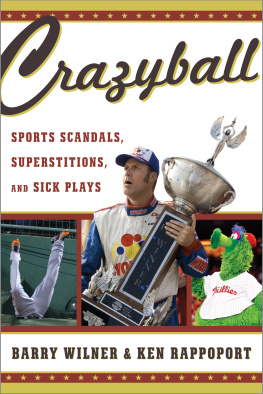
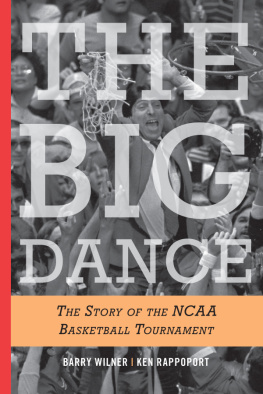

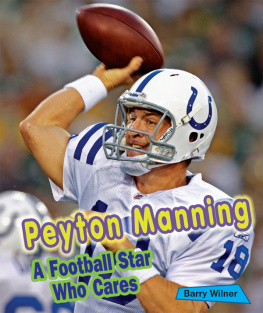
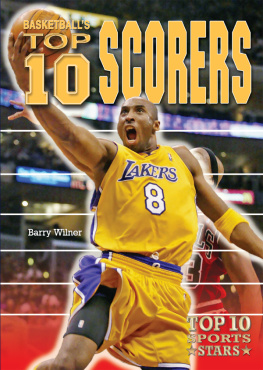
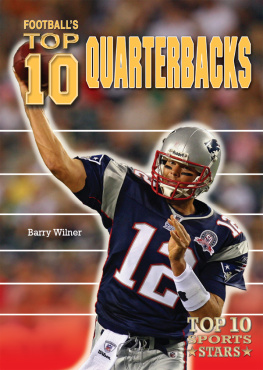

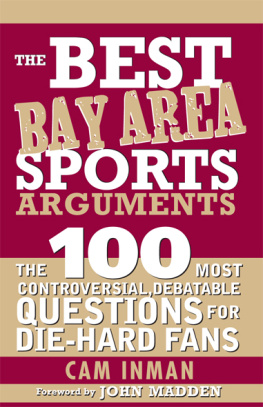
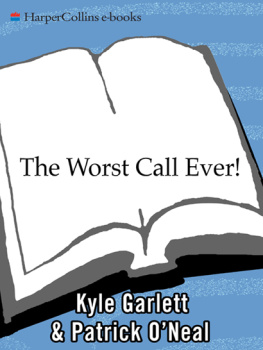

 TM The paper used in this publication meets the minimum requirements of American National Standard for Information Sciences Permanence of Paper for Printed Library Materials, ANSI/NISO Z39.48-1992.
TM The paper used in this publication meets the minimum requirements of American National Standard for Information Sciences Permanence of Paper for Printed Library Materials, ANSI/NISO Z39.48-1992.